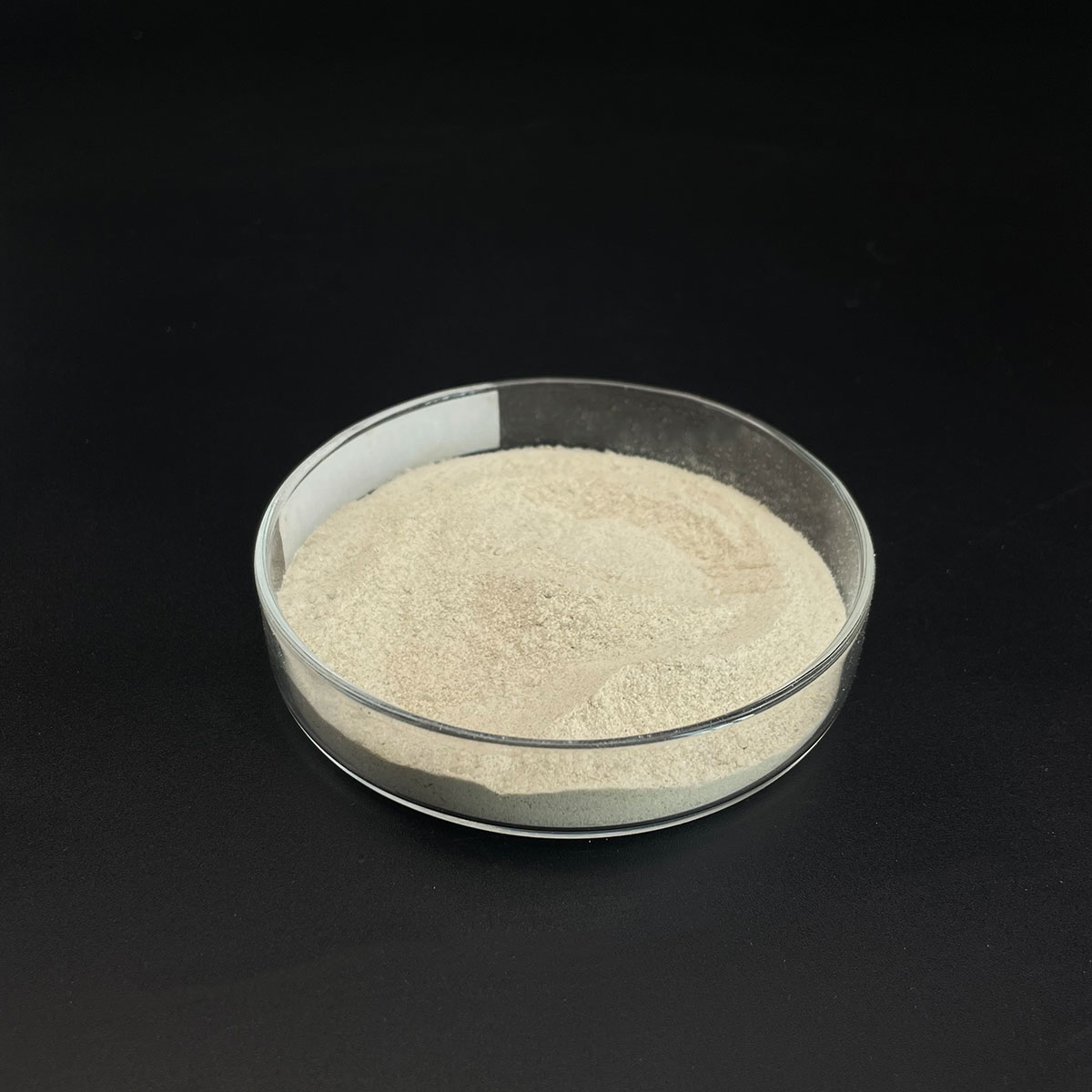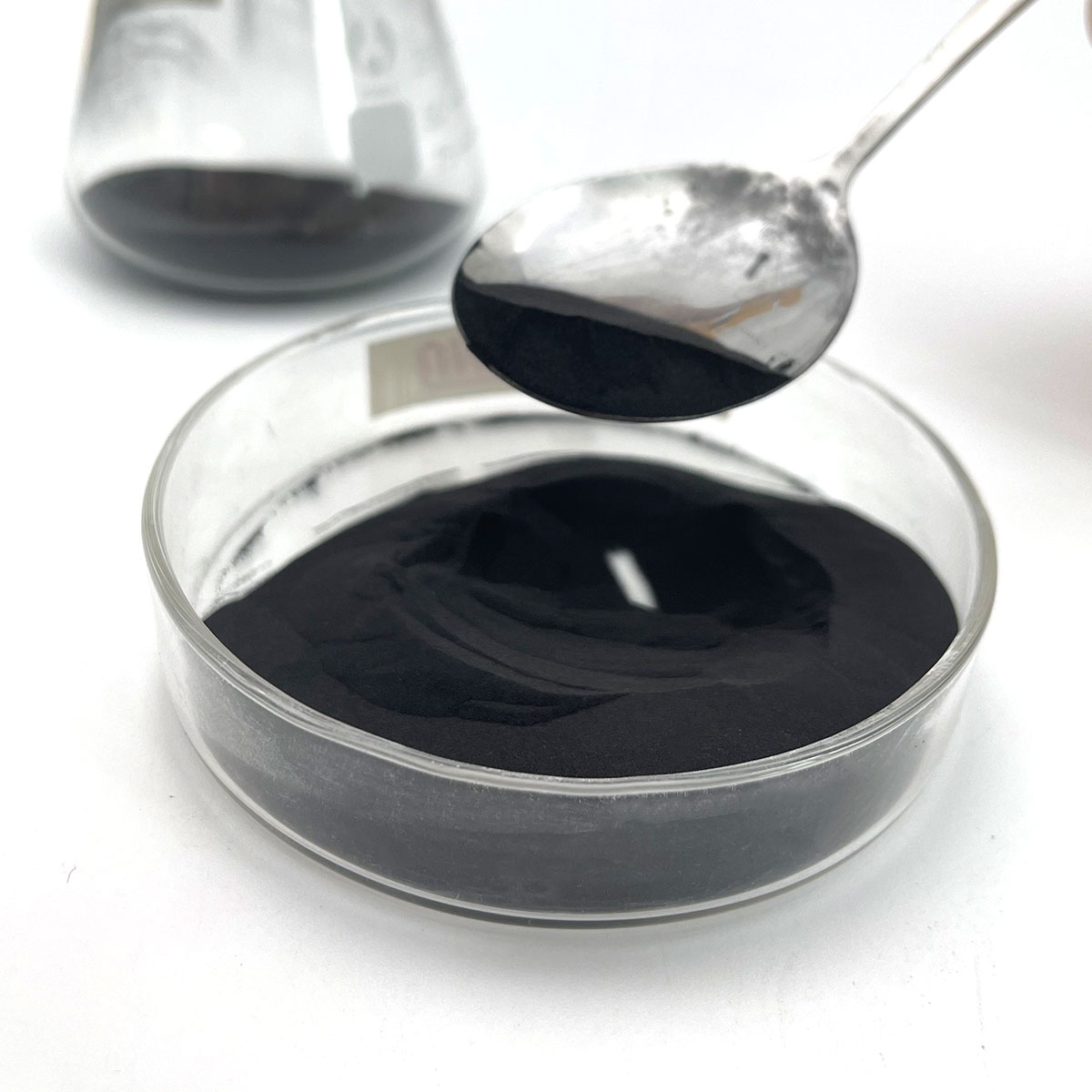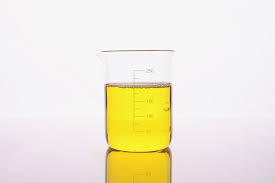Overview of Amphoteric Surfactant Liquid Cocamidopropyl Betaine Capb
Amphoteric surfactants are a unique class of surface-active agents that possess both cationic and anionic properties, depending on the pH of the system they are in. They contain both a positively charged group (like a quaternary ammonium salt) and a negatively charged group (such as a carboxylate or sulfonate), which can ionize depending on the surrounding conditions. This dual nature grants them exceptional versatility, making them effective in a wide range of pH environments and compatible with other surfactant types. They are known for their mildness and excellent dermatological compatibility, rendering them particularly suitable for personal care applications.
Features of Amphoteric Surfactant Liquid Cocamidopropyl Betaine Capb
-
pH Responsiveness: Their charge varies with pH, becoming cationic in acidic conditions and anionic in alkaline, with a zwitterionic (neutral) state at the isoelectric point.
-
Mildness: Known for being gentle on skin and eyes, making them ideal for sensitive applications like baby care and personal hygiene products.
-
Foaming Properties: Can generate rich, stable foam even in hard water conditions, enhancing their use in cleaning products.
-
Emulsification: Efficient emulsifiers capable of forming both oil-in-water (O/W) and water-in-oil (W/O) emulsions, depending on the formulation and pH.
-
Compatibility: Because they have both anionic and cationic properties, they are compatible with other types of surfactants and can work synergistically to enhance cleaning effects.
-
Biodegradability: Many amphoteric surfactants are readily biodegradable, contributing to their environmentally friendly profile.

(Amphoteric Surfactant Liquid Cocamidopropyl Betaine Capb )
Specification of Amphoteric Surfactant Liquid Cocamidopropyl Betaine Capb
Requirements of Amphoteric Surfactant Fluid Cocamidopropyl Betaine (CAPB). Cocamidopropyl Betaine (CAPB) is a fluid surfactant commonly used in personal treatment items. It is originated from coconut oil. This active ingredient works as a cleanser, foaming agent, and thickener. It works with lots of formulations. CAPB is amphoteric. This suggests it can act as either a cationic or anionic surfactant depending on the pH of the option. It adjusts its behavior to maintain security in various environments.
CAPB is mild on the skin and eyes. It is suitable for sensitive skin types. The surfactant produces a rich, secure soap. It enhances the performance of other surfactants in a formula. Products like hair shampoos, body cleans, and hand soaps frequently include CAPB. It helps in reducing irritation brought on by harsher cleansing agents. The component likewise improves the structure of formulas. It includes a smooth, smooth feel to fluids.
The liquid kind of CAPB is simple to deal with. It blends well with water and other typical cosmetic active ingredients. The normal concentration in completed products ranges in between 5% and 20%. The pH of CAPB in remedy is a little acidic to neutral. This makes it compatible with skin’s natural pH degrees. CAPB is biodegradable. It damages down securely in the environment.
Key specs include a clear to pale yellow appearance. The active material is typically around 30-35%. The thickness is around 1.03-1.07 g/cm ³. Viscosity differs based upon temperature level and concentration. Storage referrals include maintaining the product in a cool, completely dry area. Prevent direct exposure to severe heat or freezing conditions. CAPB stays stable under regular storage space temperature levels.
Safety data verifies CAPB is safe in conventional use. It satisfies global cosmetic guidelines. Patch screening is advised for formulas targeting delicate populations. The surfactant is free from sulfates and parabens. It supports eco-friendly product advancement. Makers worth CAPB for its flexibility and cost-effectiveness.

(Amphoteric Surfactant Liquid Cocamidopropyl Betaine Capb )
Applications of Amphoteric Surfactant Liquid Cocamidopropyl Betaine Capb
Amphoteric surfactant liquid Cocamidopropyl Betaine (CAPB) is a versatile ingredient widely used in personal care and cleaning products. It comes from coconut oil, making it mild and skin-friendly. CAPB works well in shampoos, body washes, and facial cleansers. It creates a rich lather without stripping natural oils from the skin or hair. This makes it ideal for products targeting sensitive skin or frequent use.
CAPB is common in baby shampoos and hypoallergenic formulations. Its gentle nature reduces irritation risks. It balances pH levels, helping maintain the skin’s natural barrier. This property supports products designed for dry or damaged skin. CAPB also enhances the performance of other surfactants. It boosts foam stability and thickness in liquid soaps and shower gels.
Household cleaning products use CAPB for its ability to cut through grease and dirt. It works in dishwashing liquids and surface cleaners. The surfactant binds to oils and lifts them from surfaces. It stays effective even in hard water. This makes it reliable for removing tough stains without harsh chemicals.
Industrial applications include use in agricultural formulations and oil field chemicals. CAPB acts as a stabilizer or emulsifier in pesticide sprays. It helps chemicals spread evenly on plant surfaces. In oil recovery, it reduces surface tension to improve extraction efficiency.
CAPB is biodegradable and environmentally safe. It breaks down quickly without harming aquatic life. Manufacturers favor it for meeting green chemistry standards. Its compatibility with other ingredients simplifies formulation processes.
Safety studies confirm CAPB is non-toxic at recommended concentrations. It meets global regulatory standards for cosmetics and cleaners. Users benefit from its mildness and effectiveness. The ingredient’s flexibility makes it a staple in diverse industries. Its natural origin aligns with growing demand for sustainable solutions.
Company Profile
SurfactantChina is a trusted global chemical material supplier & manufacturer with over 12-year-experience in providing super high-quality surfactant and relative products.
The company has a professional technical department and Quality Supervision Department, a well-equipped laboratory, and equipped with advanced testing equipment and after-sales customer service center.
If you are looking for high-quality surfactant and relative products, please feel free to contact us or click on the needed products to send an inquiry.
Payment Methods
L/C, T/T, Western Union, Paypal, Credit Card etc.
Shipment
It could be shipped by sea, by air, or by reveal ASAP as soon as repayment receipt.
5 FAQs of Amphoteric Surfactant Liquid Cocamidopropyl Betaine Capb
Amphoteric Surfactant Liquid Cocamidopropyl Betaine (CAPB) is a mild cleaning agent used in personal care products. Here are five FAQs about it. What is Cocamidopropyl Betaine (CAPB)? CAPB is a surfactant derived from coconut oil. It works in shampoos, body washes, and liquid soaps. It cleans gently without stripping natural oils. It creates rich foam and balances product formulas.
Why is CAPB used in skincare products? CAPB is popular for being mild on skin and eyes. It works in a wide pH range. It mixes well with other surfactants to boost foam quality. It reduces irritation caused by harsher ingredients. It is biodegradable and suits eco-friendly formulations.
Is CAPB safe for sensitive skin? CAPB is generally safe for most skin types. It is non-irritating when properly diluted. Some people with very sensitive skin might react to impurities in lower-grade CAPB. Always check purity levels and do a patch test first. Follow recommended usage rates to avoid issues.
Can CAPB be mixed with other ingredients? CAPB blends well with anionic, nonionic, and cationic surfactants. It is often paired with sodium lauryl sulfate to soften its harshness. It stays stable in formulas with salts or preservatives. Avoid mixing it with strong acids or oxidizers unless tested.
How long does CAPB last in products? CAPB has a shelf life of 12-24 months if stored correctly. Keep it in a sealed container away from direct sunlight. Extreme heat or cold can change its texture or performance. Check for color changes or unusual odors before use.

(Amphoteric Surfactant Liquid Cocamidopropyl Betaine Capb )






